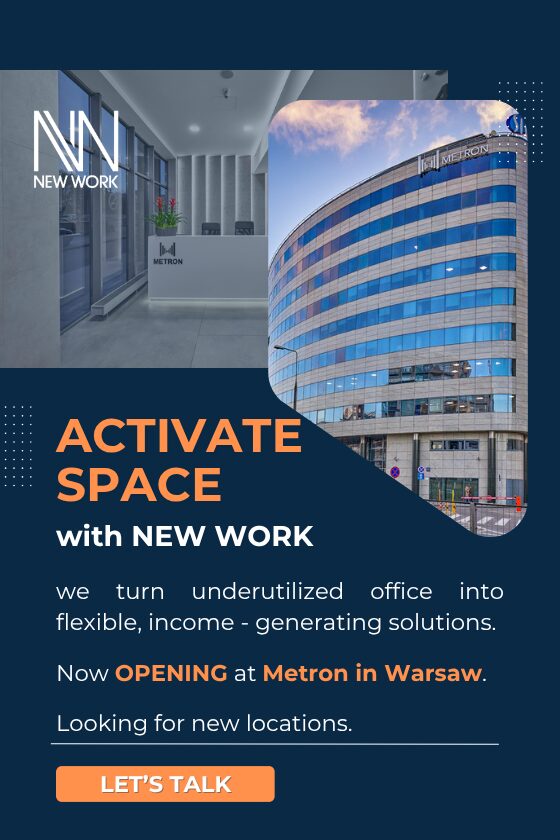New research from Colliers shows that employees aged between 44 and 59 are under the most pressure in the workplace. Around half of them (44 percent) say they cannot manage their agenda during standard working hours, i.e., 40 hours a week. The survey results also show that more than half of all respondents would vote for a shorter work week. This answer was most often given by younger Generation Z respondents (people under 27) and Boomers (people 60+).
According to this survey conducted by Colliers among 503 respondents, 46 percent say that standard working hours are sufficient to complete their work tasks successfully. A further 16 percent of respondents, mostly in the Gen Z and Boomer age groups, even said that part-time work would be sufficient to complete their job tasks. On the other hand, more than one-third of respondents (38 percent) agreed that they could not manage to complete their full agenda during standard working hours.
“When we look at each generation’s answers, we find that millennials, i.e., people between 28-43, most often manage to complete their tasks during standard working hours. Half of them would be able to work 30-40 hours a week. Less than 30 hours would be enough for up to 28 percent of respondents from the youngest generation of workers: Gen Z,” says Jana Vlková, Director of Workplace Advisory and Office Agency at Colliers, adding that this data also corresponds to respondents’ views on a shortened work week.
More than half of those surveyed would welcome the possibility of a shorter work week. Ideally, they would work four days with that seen as an employee benefit, i.e., on condition that their current financial compensation remains. They would then be happy to work from home on at least one of the work days. This suggests that flexibility and work-life balance are key for many people. Less than one-third of employees surveyed (27 percent) prefer a traditional work week, albeit with the option to work from home two to three times a week.
As expected, the youngest cohort, Generation Z, has the strongest affinity for the four-day workweek. Two-thirds of them (65 percent) would specifically like to see this change, followed by Boomers (58 percent). This could indicate that the older generation values time spent with family or travelling more after many years of working.
“An interesting survey finding is the closeness of the views among the youngest and oldest generations: even though their preferences and attitudes usually differ on many issues. Both groups show greater agreement in their preferences regarding working hours and even in the view that they would be happy with three-quarter time work. This tendency is even more pronounced in their support for a four-day workweek. It is the shorter work week that has narrowed the generation gap the most. The difference between the youngest workers and Generation X, as well as millennials, is a surprising 15 percent,” says Jana Vlková.
Four-day work weeks are being tested in many companies and countries. In the Czech Republic, the concept has been tested in a modified form (the so-called compressed week) by companies in the IT and business services sectors, for example. Within the compressed working week, these businesses allowed employees to spread their work duties over 4 days a week. “Thanks to this concept, companies can strengthen employee loyalty and satisfaction, which is very important. This is especially true today when there is a lack of quality candidates in the labour market,” says Jonathan Appleton, Director of the ABSL industry association. Two-thirds of companies that have tested the compressed working week even said it helped them significantly in attracting new talent. Their employees were happier, less stressed, and more effective.
According to Jana Vlková, employee satisfaction and loyalty can also be supported by a strong company culture, and the work environment itself is an integral part of this. It connects company employees as a community, helps develop working skills by sharing experiences and information, and enables people to learn quickly how the company operates. “All of this is supported by appropriate and quality workplace design along with the creation of meeting areas and spaces for focused work.







